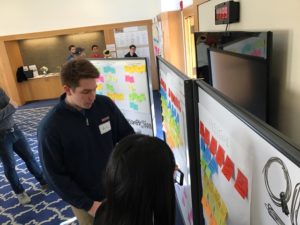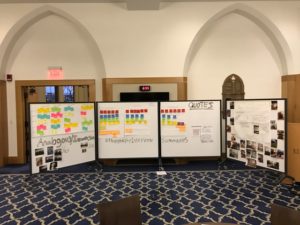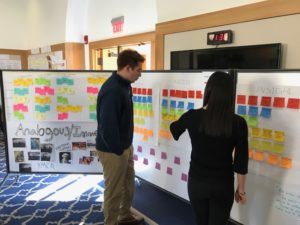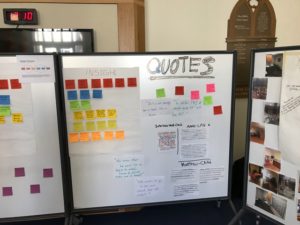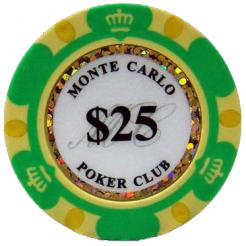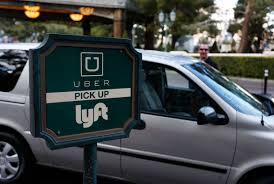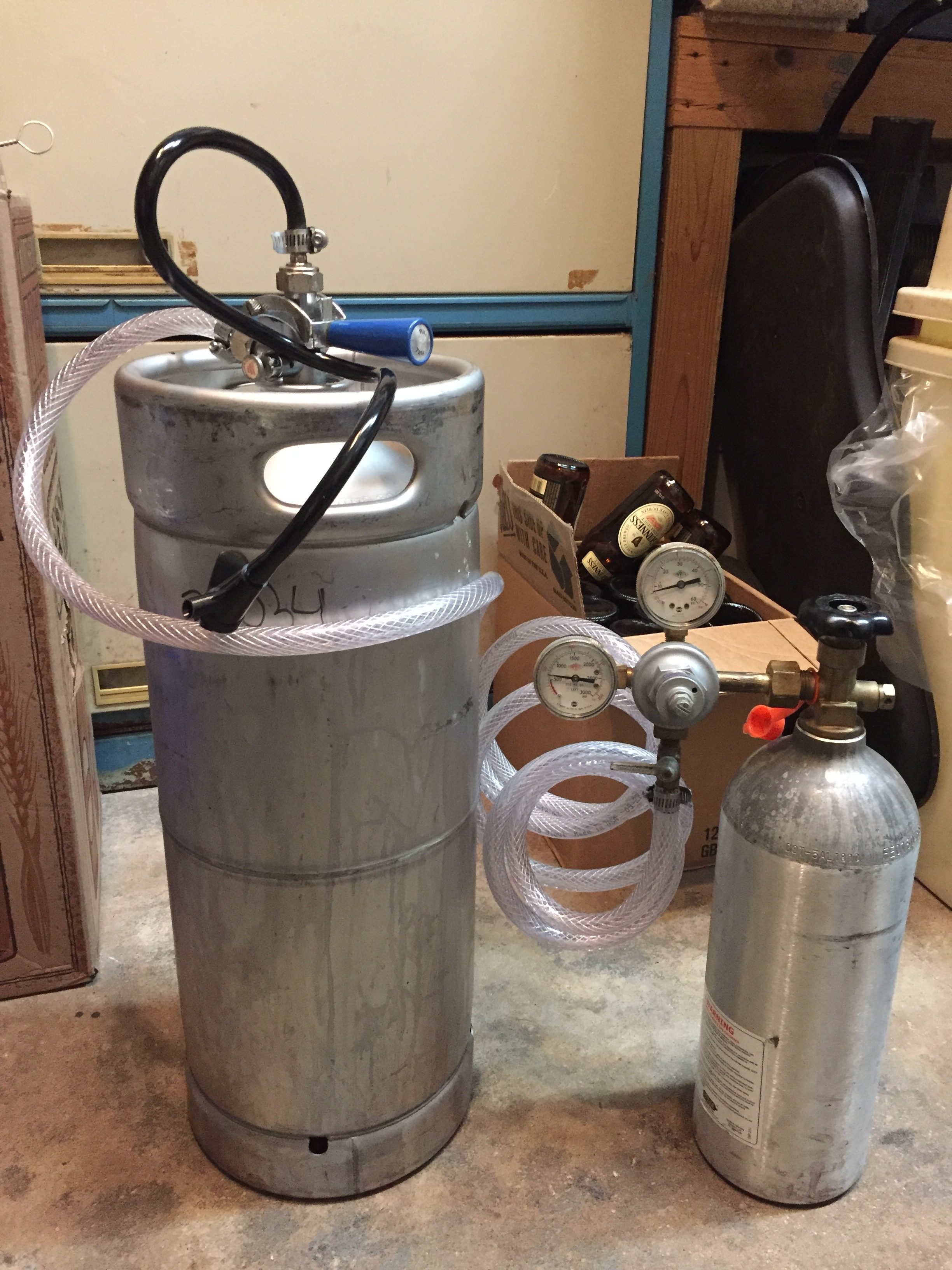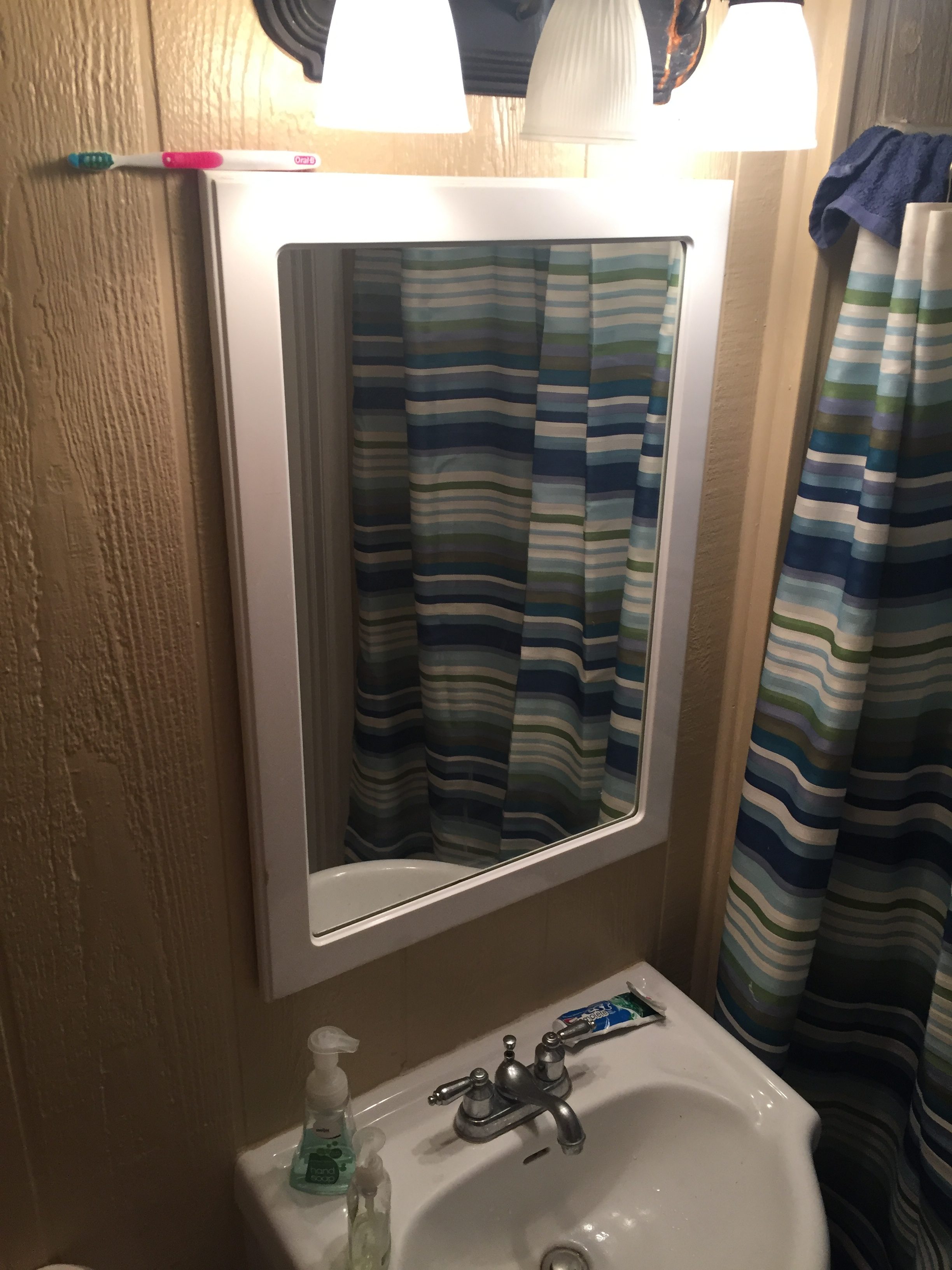Patterns + Guiding Principles
Point of View Statement (POV)
Early retiree needs a way medium of preventionary monitoring in a way that makes him/her feel safe/secure.
Define
- Do you understand what the client is asking for?
- Internet of things
- Surveillance vs. Preventative
- Pension Plan -> when you are qualified for retirement
- Recently retired retirement
- Personalized, Engaging, Simple
- Does the client understand what they are asking for?
- Yes, they have specific goals in mind
- Do you agree on the definition of terms?
- Retirement
- Financial stability
- Pension
- $ for 40-65 years
Research
- Do you understand the target market?
- Do you have more research to complete?
- Survey ND faculty + other people nearing retirement that are “tech-savy”
- Have you mapped your research on your Archetype Map?
- Have you identified non-obvious insights?
Patterns
- Retiring at an early age would allow more flexibility in post-retirement activities
- Early retirees are health-conscious
- Early retirees are likely to have surviving spouse who are retiring too
- Young retirees are more tech-savvy
- Enjoy classy activities
- They do not want to hold a job
- Confident with their financial stability
- The older you get the harder it is to use and adopt technology
- Transportation is a must-have
- Hate to be controlled by others
- Stubborn: increases as age goes up
- More (ancestry) family members that are alive
- They have more activities to do (Options & interests)
- They are very goal oriented
- Early retirees have more of a desire to travel.
- More migration (ex. Florida)
Guiding Principles
- Personalize the product for the individual retiree
- Retirement does not simply come with age, every user will have different circumstances, needs, and goals.
- The product will have to benefit active retirees as well as sedentary ones.
- Retirement is the time for people to live their lives however they please, so the product should cater to the specific wants of each user.
Quote(s):
“Of retired population 10% is over 85. By 2030 30% of population over 65 will be over 85”
“It depends on the individual. Once you get to know them you will notice, like this is something they usually wouldn’t do. Like happy individuals will become cranky or irritable all of the time. Appetite is the big one, change in appetite.”
- Prevent rather than survey
- While surveillance is important for monitoring the user’s health, we want to prevent the deterioration of the user rather than waiting until an accident occurs.
- Establishing habits and rituals early in retirement (or even before) allows the user to get on top of one’s health before it is too late.
- Activity, not necessarily physical, is key in prevention. Even the little things in life can help stave off mental illnesses.
Quote(s):
“Depression, is a huge thing. They are separated from their families. And sometimes families don’t get to come visit them. Or they don’t see them as often, so with that age it’s a big time to go more into depression. And it can be from somebody being tearful, to somebody just quitting to eat, or somebody just completely stopping to mingle with other people, and we want to prevent that.”
“Sometimes it’s a fall or sometimes they’re just not taking the medication the way they’re supposed to take it. I’ve had somebody come in, and they’re told to take calcium 3 times a day and they say, ‘you know I forgot my dose in the morning and I forgot it at lunch so I decided to take 3 pills at night’. It happens. Or, ‘I just decided to skip my insulin’ and their blood sugar is way up so when it goes way up there try to double dose and then the blood sugar goes way down and then they’re in critical condition.”
- Instill a sense of engagement and simplicity
- Older retirees are typically resistant to technology or in need of help using it. A simple design that doesn’t rely too much on the internet of things will cater to their needs.
- Constant engagement with the product means the user will stay active. Daily or weekly interactions will imbed the product into the user’s life.
- The problem with retirement services is that the user resists help. The user’s well being will only be improved if the product is actually used though. Thus, without forcing engagement, the simple design will not deter use and leave options up to the user.
Quote(s):
“You need your mind to be sharp in-order to keep your body sharp”
Design Criteria
Design Goal:
What have you learned about the target customers?
- Very diverse population
- Wide age range
- Need routine
- Connectivity with family
- Resistant to technology
- Needs assistance from stakeholders
What ends does the design need to fulfill for the target customer?
Functional: Rooted simplicity & Technologically
Emotional: Caregiving
Psychological: Sense of Safety
Social: Interaction between stakeholders
Design an internet of things product or service for the newly retired population.
User Perceptions: How important is your proposed offering to the target customer’s well being? Are there aesthetic attributes necessary to succeed with the target customer? Are there reputational aspects involved? What are the key research insights?
Our product is directly related to the wellbeing of the user. In order to make sure the user stays in one’s home as long as possible, we need to educate the user about their health and make it simple for them to improve it. The target customer, a new retiree (around 65 years old), will not be looking for flashy aesthetics. Instead, the product must have a simple design with clear and functional aesthetics. This is not a product for entertainment. From our research, retirees are resistant to technology, applications, and help from younger people, so the product should have a classical feel to it, emphasize getting straight to the point, and not force or demand the user to use it. The offering should point towards the future as to not make the retiree feel old or dying.
Problems/Needs/Opportunities: What are the target user’s preferred outcomes as they engage with the offering? What pain points does the target user experience with the existing options? What gaps exist with existing options that may hamper the target user’s ability to achieve preferred outcomes? What are the newly emerging needs or aspirations of the target user?
As of now, after retirement, the user has the option to live out their full retirement in their own home, do so with the help of a caregiver, or eventually move out to a nursing/assisted-living home. Retirees in the demographic we are looking at consistently have negative things to say about the potential option of leaving their home and almost all prefer to stay in their home. There are currently many problems that often force or accelerate this undesirable migration into the nursing/assisted-living homes. These problems often include personal lifestyle flaws including physical and mental inactivity and lack of diligence regarding personal medical issues. Our target user needs a product to make it easier for them to monitor and care for their physical and mental health.
Functional Attributes: Does the design of the offering need to accommodate specific use-case scenarios? List them in order of importance to the target customer. Does the design need to address compatibility or standards issues?
- Compatibility for all devices and need for internet
- Visually easy and pleasure for elderly
- Trustworthy
Constraints: What are the confines of our project work? What limitations might there be based on costs or requirements?
Our project work is constrained by a number of attributes of our target customers:
- Accessibility: Much of the older generation we are targeting possesses limited skill and experience with technology. Our solution must be very simple to use or it will not be adopted.
- Price: The target audience is economically diverse, and the majority of their healthcare spending is done by insurance providers. Our solution must be paid for by providers or priced very low
The cost of developing the product will be decided by Optum, however, the cost of prototyping must remain low.
